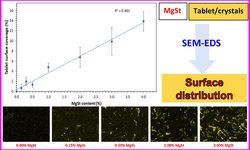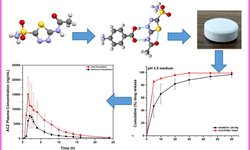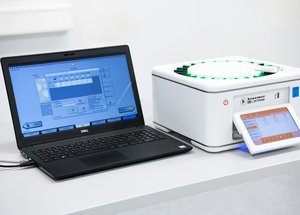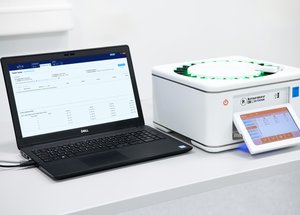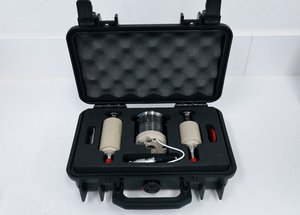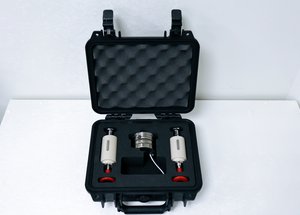Scientific papers
Cocrystallization proves to be a potent technique for modifying the tableting performance of crystals by adjusting their mechanical attributes. This research delves into the cocrystallization of ligustrazine (LIG) with malonic acid (MA) and salicylic acid (SA) to gain deeper insights into the influence of structural modifications on tableting characteristics. Despite its notable plasticity, LIG exhibited susceptibility to overcompression under high pressures. Both LIG-MA and LIG-SA demonstrated reduced plasticity compared to LIG, a conclusion supported by both in-die Heckel and energy framework analyses. Notably, the LIG-MA cocrystal exhibited slightly diminished tabletability in comparison to LIG, as anticipated due to its decreased plasticity. Conversely, LIG-SA unexpectedly showcased enhanced tabletability despite its reduced plasticity, attributed to the heightened bonding strength of LIG-SA relative to LIG. This research not only presents novel instances of altering tabletability through crystal engineering but also underscores the limitations of solely relying on plasticity for predicting tabletability. Instead, more comprehensive assessments must consider the interplay between bonding area and bonding strength for accurate predictions across various crystal forms.
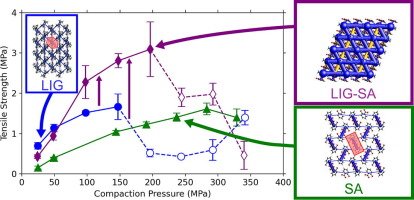
Comments
No comments posted yet.
Add a comment

